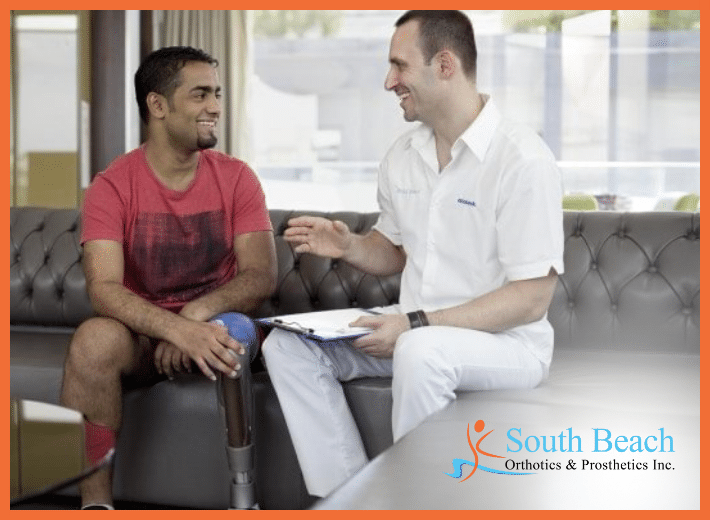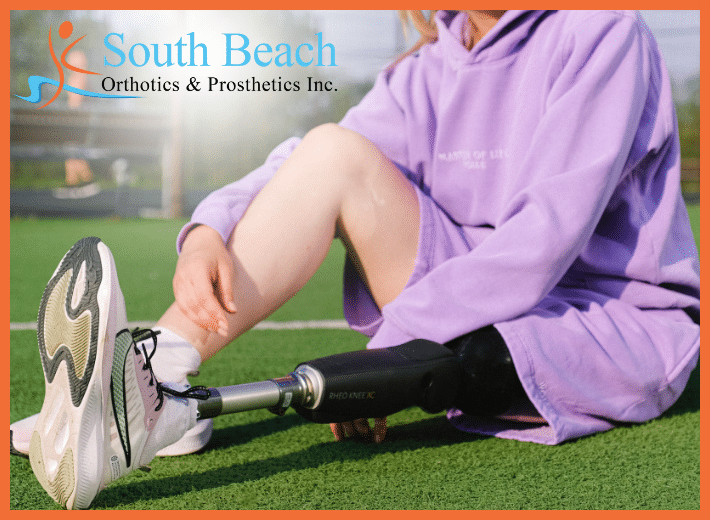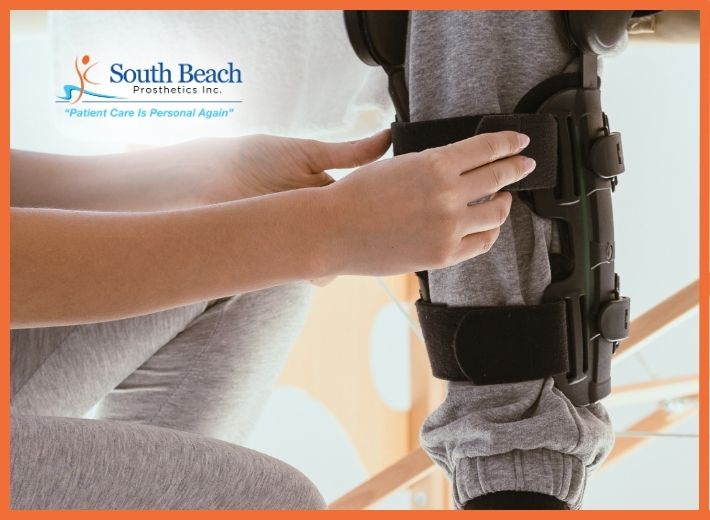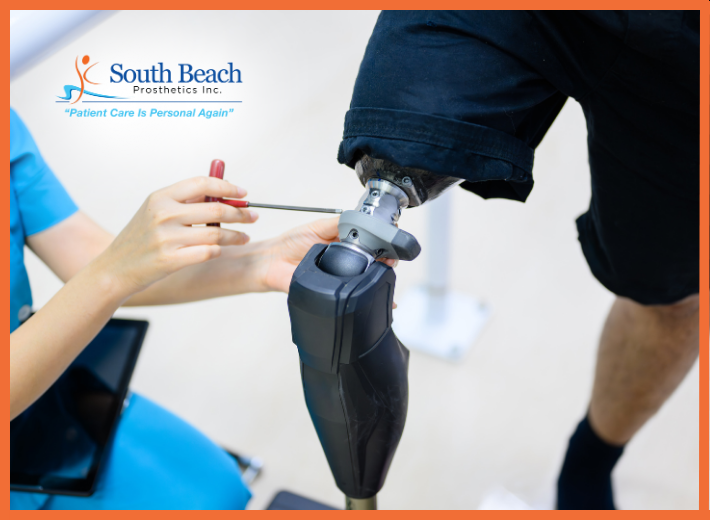Today, there are endless options to customize your prosthetic appearance. The question boils down to individual preference. Navigate our ideas on prosthetic appearance and cosmetic covers and check what works best for you.
Everyone feels differently about the changes which have occurred to their body following an amputation. Some people find it hard to look at and/or even touch their residual limb (stump) in the early days. It is important to be honest about how you’re feeling and seek help if you have any concerns about your appearance, especially if you are finding it difficult to accept these changes.
What is a cosmesis?
How a prosthesis will look is more important to some people than it is to others. The look of a prosthesis is called its “cosmesis.” You should think about how important the cosmesis is to you, and talk to your Prosthetist about it as it might affect parts of the prosthesis you have chosen.
What is a non-functional prosthesis?
Some people who do not wear a functional prosthesis (i.e. don’t wear a working prosthetic leg or arm) may prefer to wear a non-functional lightweight prosthesis which is purely for cosmetic purposes. This type of prosthesis won’t allow you to take part in activities but it will help to fill out clothing and basically hide the fact that you have a missing limb. Talk to your medical team if you would like to consider a prosthesis for cosmetic purposes only.
What are cosmetic covers?
Cosmetic covers sit over all the parts between the socket and the end of the prosthesis (foot or hand). For example, someone with a below-knee amputation may have a cosmetic cover placed from the foot to the knee area.
Cosmetic cover options include:
- Foam cover. This is the most common option. It is a dense foam which is hollow on the inside to fit over the parts of your prosthesis (such as the pylon and socket) and then shaped on the outside to match your other limb. It is usually covered with a stocking or a sock once finished.
- Silicone Skin. A tight material which fits over the foam cover that can be worn instead of a stocking or sock. With this option, it is possible to replicate coloring, nails, hairs and other features to match your other limb.
- 3D printed clip on cover. A light-weight metallic looking option which can be worn over the pylon (of below-knee prosthesis) or over the knee/pylon (of an above-knee prosthesis).
- Commando. Going “commando” is a term commonly used when people prefer no cover at all.
Advantages of a cosmesis:
- It can keep dirt out of the prosthesis, provide protection from knocks and help to keep parts of the prosthesis functioning well.
- It can hide parts of the prosthesis from view if that is what you prefer.
- It allows the area between the socket and the end of the prosthesis to be shaped to closely match your remaining limb.
- It can fill out clothing better than a prosthesis without a cover, often making the prosthesis less noticeable.
Disadvantages of a cosmesis:
- It can make it harder to get to the parts of the prosthesis to fix problems and/or make adjustments if required.
- It can make the prosthesis slightly heavier.
- It can sometimes get caught in and/or affect the ideal function of moving prosthetic parts for example, knee unit.
- Custom-made silicone “skin,” which is matched to your features, can be more expensive than other cosmesis and cannot be re-used if you require a new prosthesis.
What is a socket?
Your socket is made just for you, as it is fitted to your stump via a suspension system. It will never fit anyone else, so you have options to make it your own.
Socket options can include:
- Selecting a socket in a color you prefer, whether it is one single color or many colors together.
- Choosing a picture that you like and having it laminated onto the socket.
Speak to your Prosthetist and ask about other ideas that you might have or would like to try.
South Beach Prosthetics stands with you every step of the way. Our state-of-the-art technology allows us to design, fit, and fabricate custom prostheses that match & exceed your expectations. We take your lifestyle and health into consideration while making them! Get in touch with us today at (888) 819-4721 to learn more about how we can help. Find our Facebook community here.
Reference: [https://www.limbs4life.org.au/uploads/resources/Fact-Sheet-7.pdf]






